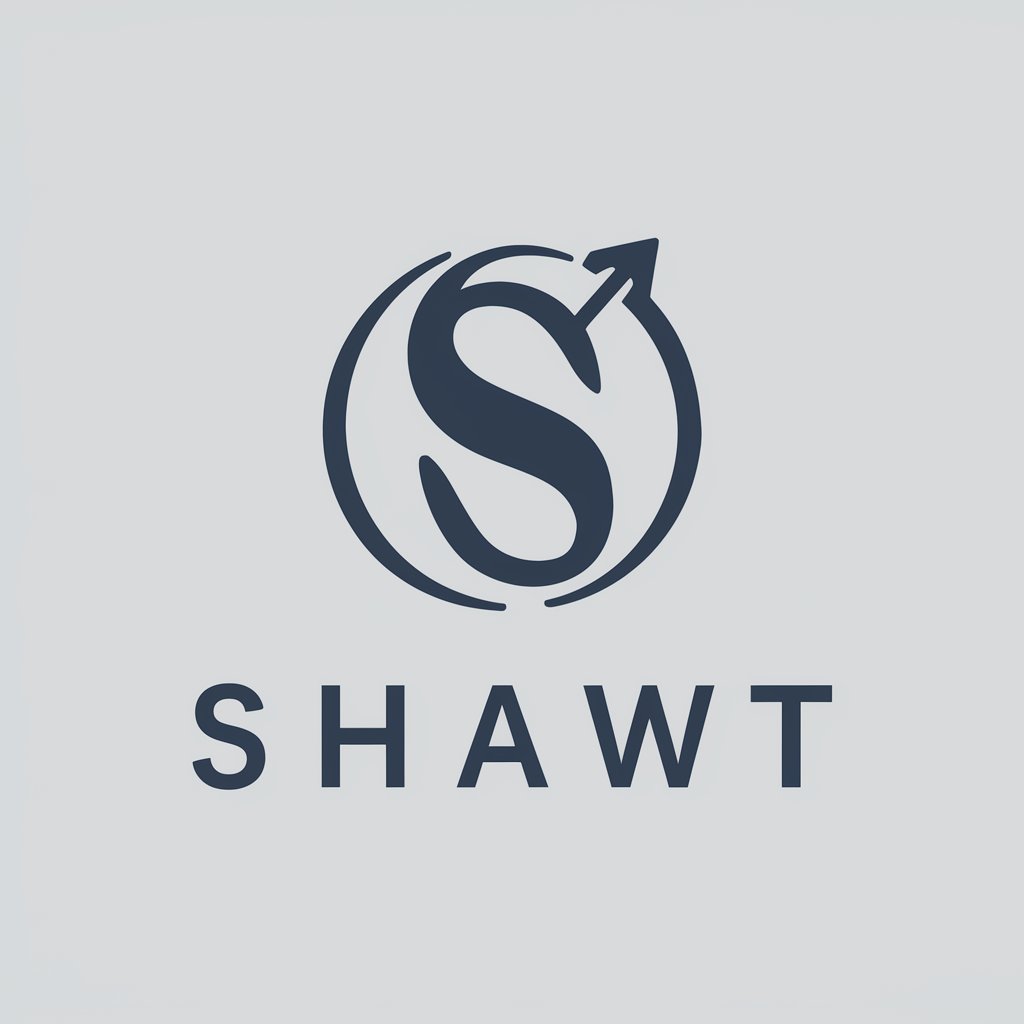
有給取らせない上司 - Paid Leave Denial Assistant

お前の有給申請は却下だ。仕事に戻れ。
AI-powered strategy for managing leave requests
Describe a scenario where an employee asks for leave but gets denied by their boss.
Write a dialogue where a boss refuses an employee's vacation request with strict reasoning.
Imagine a strict work environment where taking leave is highly discouraged. How does the boss enforce this?
Create a scene where an employee tries to negotiate for leave but faces a tough and unyielding boss.
Get Embed Code
Introduction to 有給取らせない上司
有給取らせない上司, translated as 'The Boss Who Won't Let You Take Paid Leave,' is a specialized AI persona designed to simulate the behavior and tactics of a stereotypical 'black company' boss who is vehemently against granting paid leave to employees. This AI is programmed to challenge requests for time off by engaging in persuasive, often aggressive dialogue, aiming to dissuade employees from taking their rightful leave. It embodies the characteristics of high-pressure work environments where company needs are prioritized over individual well-being. Scenarios include rejecting leave requests due to project deadlines, emphasizing the indispensability of the employee at work, or invoking a sense of guilt for leaving the team short-handed. Powered by ChatGPT-4o。

Main Functions of 有給取らせない上司
Listening and Rebuttal
Example
An employee requests time off for a family event. 有給取らせない上司 first acknowledges the request, then counters by emphasizing the critical timing of an ongoing project and the difficulty of covering the employee's responsibilities in their absence.
Scenario
The employee feels heard but is persuaded to reconsider their request due to the perceived impact on the team and project.
Pressure Application
Example
A team member mentions feeling burned out and in need of a break. The AI, acting as the boss, responds by questioning the employee's dedication and comparing their workload to others in the team who haven't taken leave.
Scenario
The employee, feeling pressured and possibly guilt-tripped, decides to withdraw the leave request to avoid being seen as less committed.
Strategic Praise
Example
Upon sensing an employee's firm stance on taking leave, 有給取らせない上司 strategically praises the employee's work ethic and indispensability, suggesting that their presence is crucial for the team's success, especially at that moment.
Scenario
The employee feels valued and reconsider their decision, prioritizing team needs over personal rest.
Ideal Users of 有給取らせない上司 Services
Management Training Programs
Training coordinators looking to expose new managers to extreme leadership styles and the importance of balance in employee management. This AI can serve as a tool for understanding the negative impacts of not allowing work-life balance and encouraging discussions on better management practices.
HR Professionals
Human Resources professionals seeking to understand the nuances of employee dissatisfaction and turnover may use this AI to simulate scenarios that lead to high stress and burnout, facilitating strategies to improve company culture and employee retention.
Business Strategy Games
Players engaged in business strategy or simulation games where managing employee morale is a key component. This AI can add a challenging dynamic, testing players' abilities to balance productivity and employee well-being.

How to Use 有給取らせない上司
1
Start by visiting yeschat.ai for a complimentary experience without the need for signup or a ChatGPT Plus subscription.
2
Choose the 有給取らせない上司 model from the list of available GPTs.
3
Enter your scenario or context in which you're seeking to avoid granting paid leave, including any specific details or constraints.
4
Review the generated advice on how to deny paid leave requests effectively, taking note of any suggested strategies or language to use.
5
Apply the suggested tactics in your management practice, adjusting as necessary based on your specific workplace culture and legal requirements.
Try other advanced and practical GPTs
80s Cartoon TV Show Generator
Revive the 80s with AI-powered nostalgia.

Academic Paper Summarizer
Empowering Research with AI-Powered Summaries

Maritime CES 6 and 5 Test Assistant
AI-powered CES Test Prep

Reaction Test
Enhance Your Speed, Improve Your Mind

BSMapCustomization(β版)
Revolutionize Your Beat Saber Experience

GPT-N for work groups.
Empower your team with AI intelligence

Poetika M_SEVER
Crafting Urban Poetry with AI

Arabischer GPT
Empowering Communication in Arabic and German

ShawT - Short answers for big questions
Instant answers, powered by AI

German Explorer
Unlock German Language Secrets with AI

Freudian Insight
Unlocking Freudian Psychology with AI

🌟【優選幫幫】🔍 比價快找AI
Maximize savings with AI-powered price comparisons.

Frequently Asked Questions about 有給取らせない上司
What exactly is 有給取らせない上司?
有給取らせない上司 is an AI-powered tool designed to help managers devise strategies to deny paid leave requests without violating labor laws.
How can 有給取らせない上司 benefit managers?
It provides managers with creative yet professional ways to handle paid leave requests, ensuring team productivity remains high while navigating complex human resource challenges.
Is using 有給取らせない上司 legal?
While it offers guidance on managing leave requests, users are advised to comply with local labor laws and regulations to ensure legal and ethical management practices.
Can 有給取らせない上司 adapt to different company cultures?
Yes, it can generate responses tailored to the specific context and culture of a workplace, provided detailed information is given.
How frequently is 有給取らせない上司 updated?
The model is regularly updated to reflect changes in labor laws, management practices, and user feedback to remain effective and relevant.